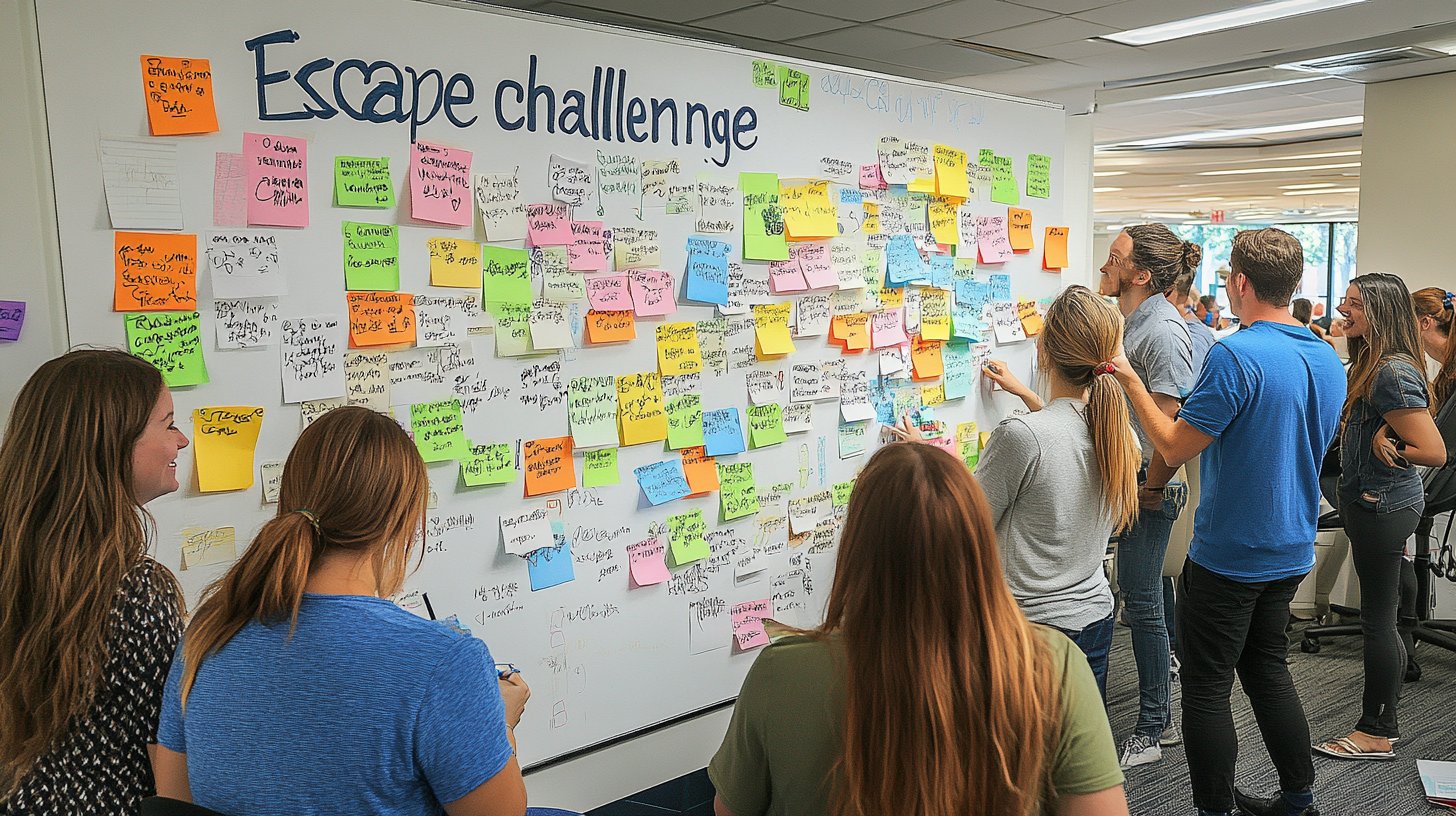Reuniting a team after tensions or misunderstandings can seem complex. You might observe a drop in motivation, latent conflicts, or a lack of cooperation. These situations affect overall performance and create a heavy atmosphere. Your priority is to restore a positive dynamic where every member feels engaged and recognized.
How to recreate this harmony? The answers often lie in simple but targeted actions. Understanding your team members’ expectations, fostering dialogue, and providing a clear framework for collaboration can transform the atmosphere. Are you looking for concrete solutions to overcome these challenges and restore trust within your team? This guide will walk you through each step to achieve that goal.
Providing a common objective
To foster team cohesion, the starting point is to clearly define a common objective. When all team members understand and share this objective, they can more easily find their place within the group. A common objective also helps maintain motivation and gives meaning to everyone’s daily work.
Rather than focusing on individual tasks, direct efforts toward collective projects. Each member should see how their unique contribution helps achieve the overall goal.
Examples of common objectives:
- Launching a new product or service
- Improving internal processes
- Increasing quarterly revenue
- Participating in an external competition
Encouraging communication and active listening
Communication is one of the pillars for strengthening team cohesion. Open communication allows misunderstandings to be resolved before they escalate into serious conflicts. To achieve this, prioritize spaces for discussion where everyone can express themselves freely without fear of judgment.
Active listening plays a key role in managing group dynamics. It involves listening carefully to others’ ideas and concerns without interrupting and asking clarifying questions when necessary. This practice fosters a climate of respect and solidarity.
Tips to enhance communication:
- Schedule regular meetings to discuss project progress
- Use internal communication tools like Slack or Teams
- Create themed discussion groups
- Host personal and professional development workshops
Organizing team-building activities
Team-building activities strengthen bonds between team members while providing an opportunity to have fun and relax together. These activities go beyond simple games; they can include interactive training sessions, group challenges, or recreational outings.
They create an informal setting where colleagues can get to know each other better outside their usual professional context, thus reinforcing team spirit and cooperation.
Suggested team-building activities:
- Escape rooms
- Group cooking workshops
- Hiking and outdoor activities
- Professional role-playing games
- Collective brainstorming sessions
Defining clear ground rules
Establishing clear ground rules helps structure teamwork. Everyone should be aware of the group’s expectations, responsibilities, and boundaries. Explicit rules minimize potential sources of conflict and foster an environment of trust.
Well-defined guidelines also facilitate collective decision-making and uphold fairness within the team. They encourage each member to contribute actively to maintaining a harmonious and productive balance.
Examples of ground rules:
- Clear division of roles and responsibilities
- Conflict resolution procedures
- Internal communication policies
- Professional and ethical conduct guidelines
Promoting a strong company culture
A strong company culture reinforces employees’ sense of belonging and unity. By sharing common values and a vision aligned with the organization, team members develop a deep attachment to their workplace.
Promoting a positive company culture involves celebrating collective successes, valuing individual contributions, and creating an inclusive and respectful environment.
Ways to promote company culture:
- Regular celebrations of achievements and anniversaries
- Support for personal and professional initiatives
- Recognition and rewards programs
- Encouragement of diversity and inclusion
Resolving conflicts quickly and effectively
Conflicts are an inevitable reality in any team. However, proactive and prompt management is necessary to prevent their escalation and negative impacts. Conflicts should be addressed calmly and impartially, always favoring constructive dialogue.
Implementing conflict resolution mechanisms ensures that all voices are heard and fair solutions are found. This contributes to restoring peace and collaboration within the team.
Steps to resolve a conflict:
- Identify the source of the conflict
- Facilitate an open and respectful discussion
- Actively listen to all parties involved
- Seek a compromise that satisfies everyone
- Monitor and adjust the implemented solutions if necessary
Valuing individual contributions
Every team member brings unique skills and perspectives. Recognizing these individual contributions boosts motivation and morale. Sincere appreciation for a job well done encourages employees to give their best.
Both formal and informal recognition programs play a key role in this perspective. Encouraging positive feedback, offering growth opportunities, and expressing gratitude for individual efforts help create a positive work environment.
Strategies to value individual contributions:
- Personalized words of thanks
- Weekly or monthly recognition rituals
- Professional development opportunities
- Bonuses or additional benefits (days off, incentives)
Summary table of actions to take
| Action | Objective | Frequency |
|---|---|---|
| Define a common objective | Align efforts | Annually, updated as needed |
| Regular communication | Maintain transparency | Weekly |
| Organize team-building | Strengthen interpersonal bonds | Quarterly |
| Value individual efforts | Motivate and encourage | Monthly |
| Proactively manage conflicts | Preserve peace and cohesion | As soon as a conflict arises |
By integrating these approaches in a balanced manner, it becomes possible to rebuild and reunite a team. A common objective, clear communication, team-building activities, well-defined ground rules, promoting a positive company culture, efficient conflict management, and valuing individual contributions are powerful levers to enhance cohesion and collective performance.








